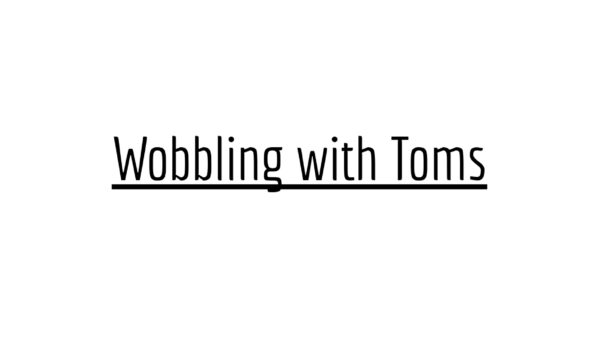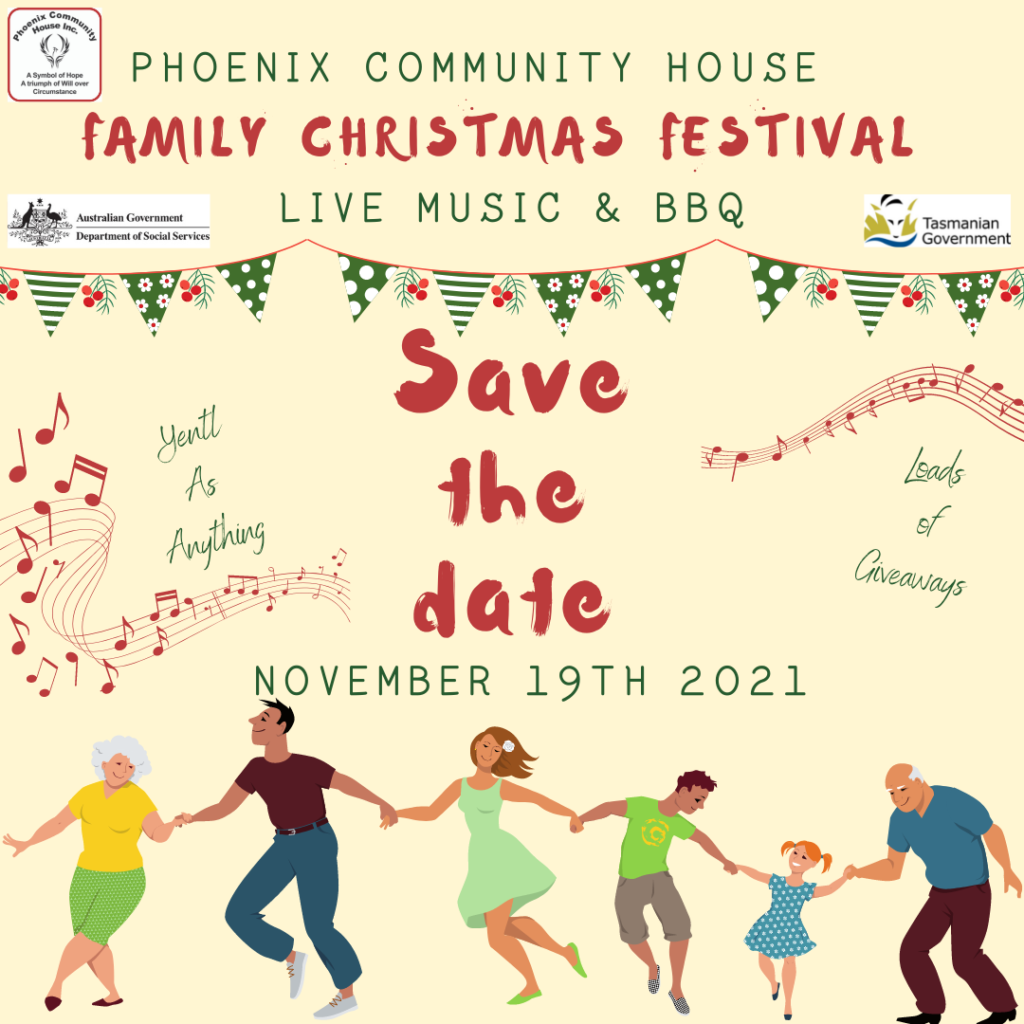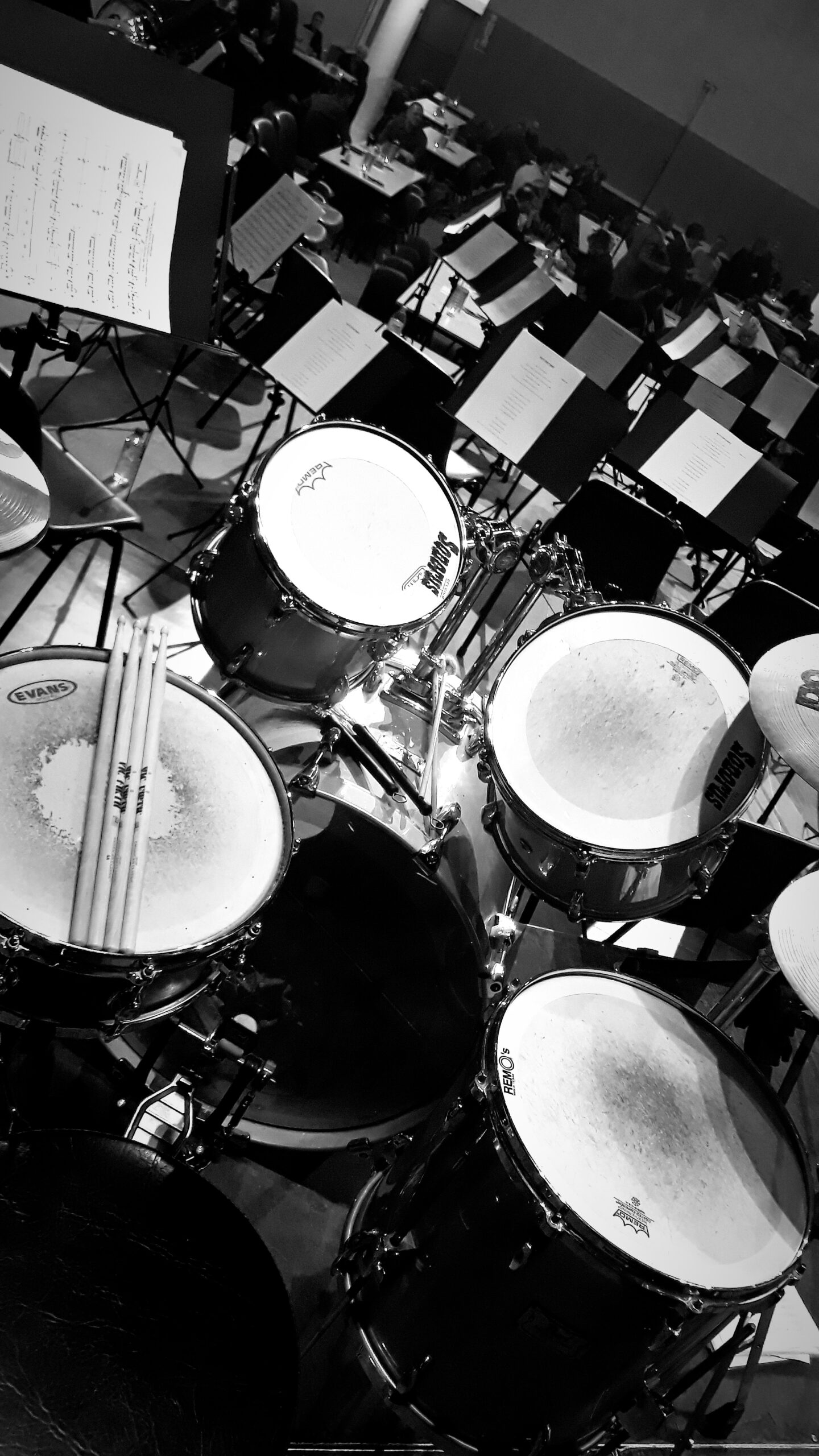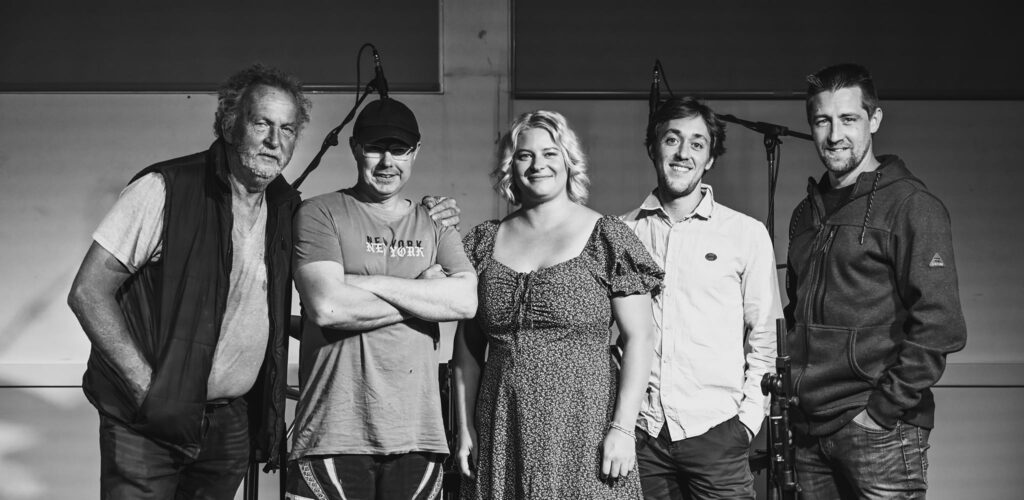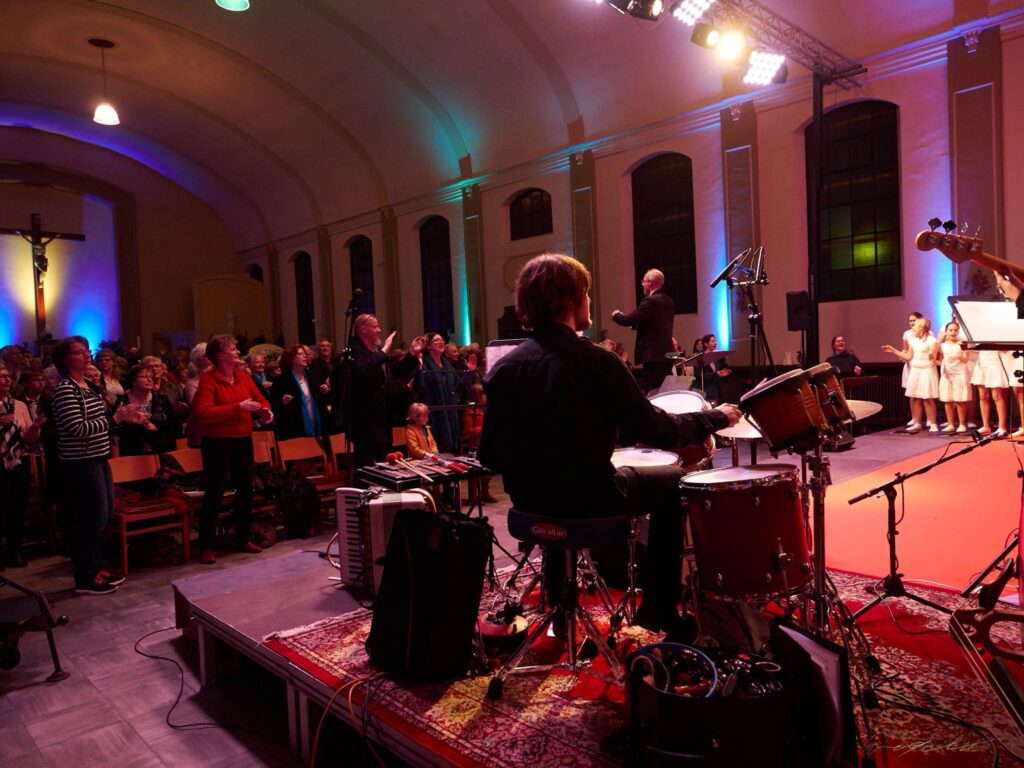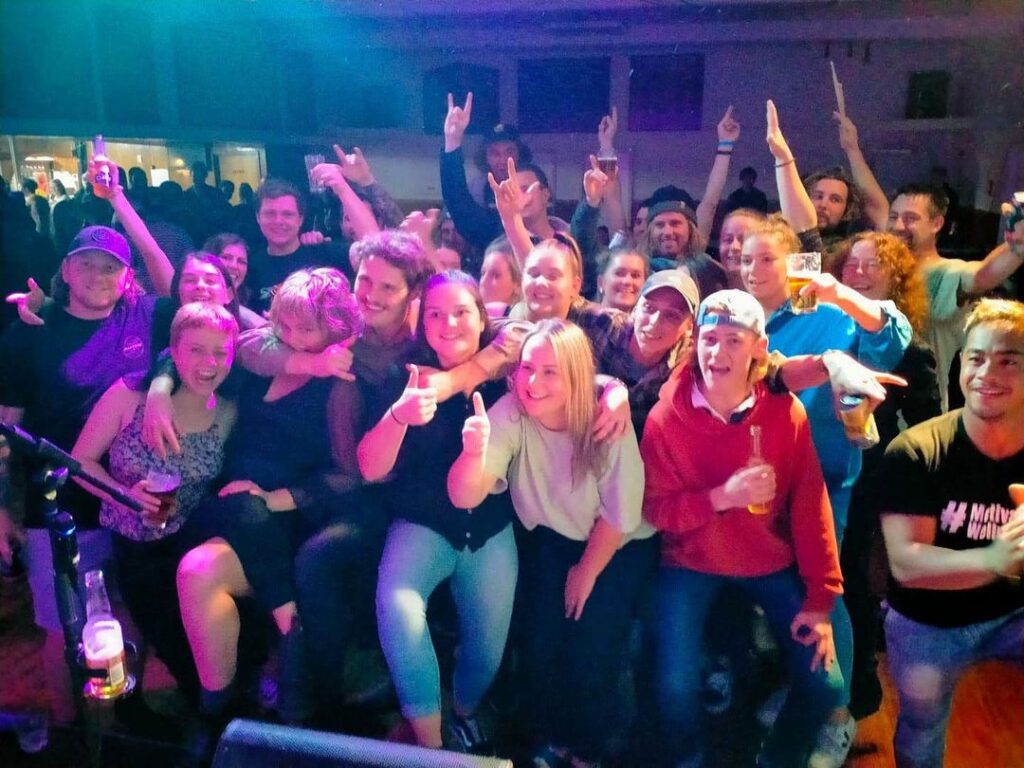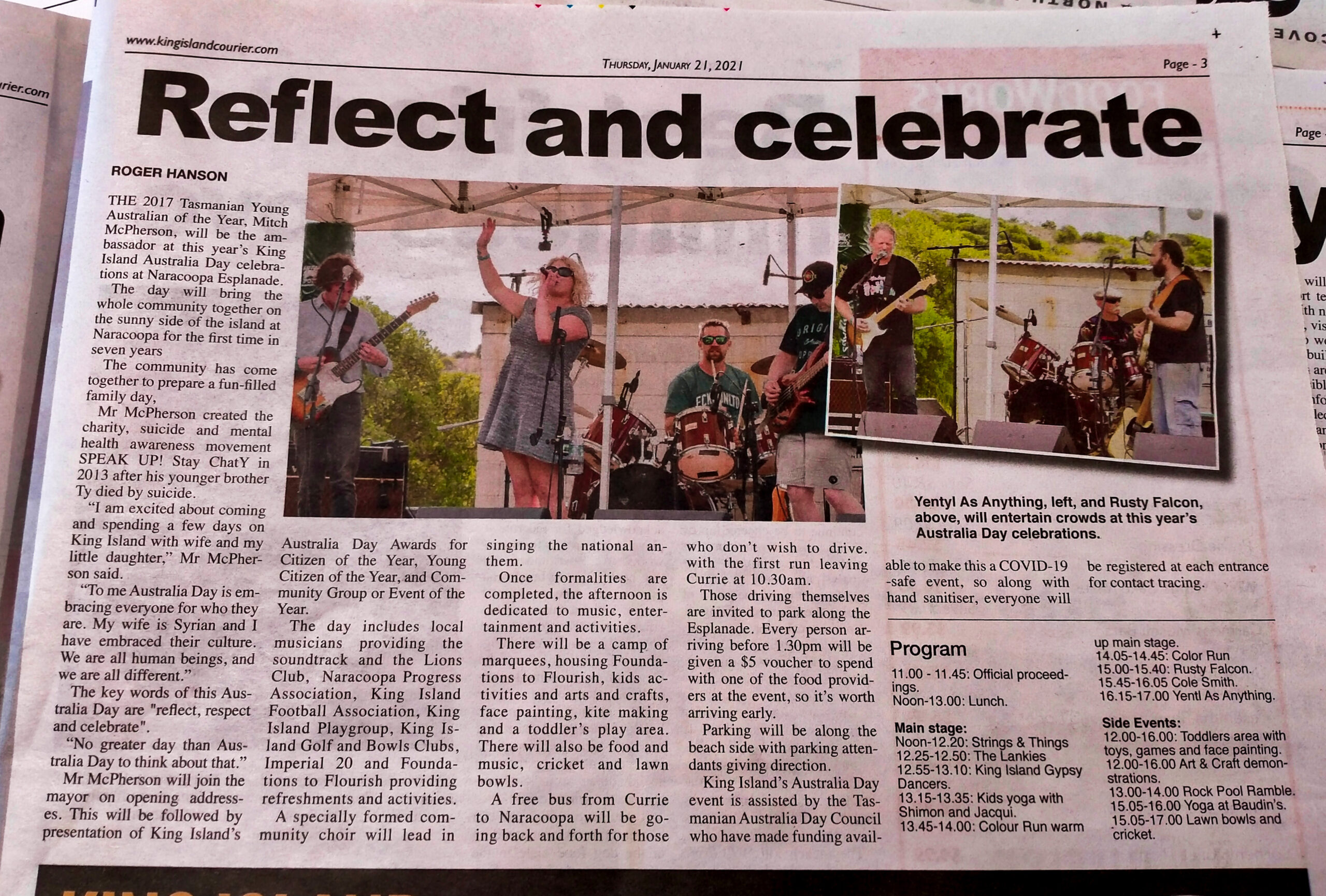Music, Percussion Ensemble
Wobbling with Toms | Percussion Ensemble | Yentl Doggen
It has been a few years since the graduation project, Live After Tomorrow, monopolised most of my time. Live After Tomorrow was my master’s degree final project that combined electronic music with a classical background and a passion for live spectacle. The project made me graduate from my studies at the Luca | School Of Arts. Since then, it has gotten pretty quiet. Looking back, it’s wild that my colleague and I agreed, besides working on our master’s exam in our final year, to take on a 60-minute composition for an entire percussion ensemble. Moreover, as by Live After Tomorrow standards, both performances were accompanied by a synchronised light show. Now, in the midpoint of that percussion ensemble composition, I decided to write a piece for eight toms that would emphasise the concept of our light show, and that’s the story of Wobbling With Toms.
The origin of the name Wobbling with Toms gets very straightforward. The song’s concept is eight toms in a straight line divided by four toms. Four on the left and four on the right side of the stage. Both groups exchange a melody on toms and an eight-note pattern giving the piece its wobbling effect. Besides, the song that would follow after this composition was our percussion ensemble piece, Wobble. As for the synchronised light show, we used a plugin called DMXIS that worked together with our digital audio workstation, Ableton.
Wobbling with Toms:
The percussion ensemble composition Wobbling with Toms was written for eight toms, set up in a straight line. By preference, all toms are tuned from high to low, with tom one being the highest and tom eight being the lowest. Although a preference, this isn’t a requirement, especially when accompanied by a light show, as this will take most of the attention. The piece consists of five segments, with every component intensifying the music in multiple and different ways. Besides pushing the music rhythmically forward, the segments also strengthen the music’s loudness, preparing for what comes afterwards.
Segment 1
Segment 1 of Wobbling with toms is the shortest and focuses on introducing all toms individually. This segment is relevant because it references Live After Tomorrow’s Dryland II introduction light show. As I wrote the piece just before Christmas, this introduction follows the pattern of the Christmas lights that were shining bright in the reflection of my neighbour’s window.
Segment 2
In the second segment, the continued eight-note pattern starts in the left four toms as the four toms on the right start their march-like melody. Later, these patterns get wobbled around as they switch sides. Furthermore, after swapping back to the toms on the right, the design changes into the rhythms used in segments 3 and 4.
Segments 3 and 4
In segments 3 and 4, the piece gets divided into three parts. Four toms will keep playing the eight-note pattern alternately while the other four toms play rhythmical figures against each other. In segment three, these patterns form a six-against-four pattern. In contrast, in segment four, this gets stressed into a five-over-four pattern, exhilarating the rhythmical speed.
Segment 5
In segment five, the eight-note pattern played by the four toms is now played by two toms. At first, it is the two toms on the left side of the stage. Afterwards, it is the ones on the right and the two toms in the middle of the stage. Here, rhythmical speed and the song’s loudness get highlighted. Moreover, by the end of this section, four toms on each side of the stage will start a contest just before finishing the piece!
Performance of Wobbling with Toms + Lightshow:
My website has multiple ways to keep in the loop with music and travel-related updates. Make sure to follow my Instagram and Facebook pages to get the latest content on your socials. To get the updates in your mailbox, subscribe to the newsletter. I will post plenty of free drum lessons and other music and drum-related advice on this website in the future! Check out the drum transcriptions and analysis if you haven’t already. We can’t build this platform without our readers, so we thank you for your continued support. Stay tuned for many more to come!


